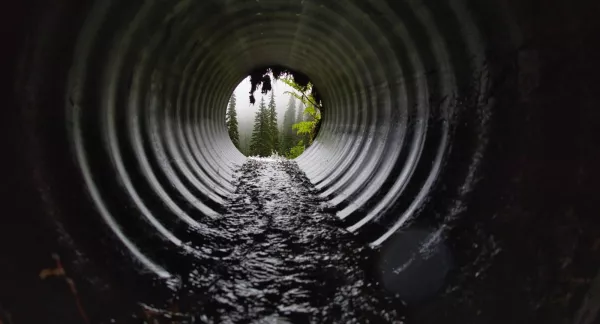Economic Framework and Tools for Quantifying and Monetizing the Triple Bottom Line Benefits of Green Stormwater Infrastructure
Abstract
Many cities are adopting green infrastructure (GI) programs to reduce polluted stormwater runoff and meet water quality standards related to combined sewer overflows, municipal separate storm sewer systems, and total maximum daily load targets. GI practices can also yield many important co-benefits, including beautifying communities, reducing flooding risks, enhancing climate resilience, improving air quality, reducing respiratory and heat-related illnesses, creating jobs, and more. There is a need to better quantify and monetize these benefits through a triple bottom line (TBL) approach. This project provides stormwater managers and practitioners with a rigorous systematic approach for quantifying and monetizing the financial, social, and environmental benefits of GI at the community, watershed, or neighborhood scale. The report is accompanied by an Excel-based tool, case studies, and a guidance document that provide essential information and calculations that allow users to quantify the TBL benefits and compare benefits to costs of GI scenarios in support of holistic stormwater management. Published in 2021.
Originally funded as WERF project SIWM4T17.

